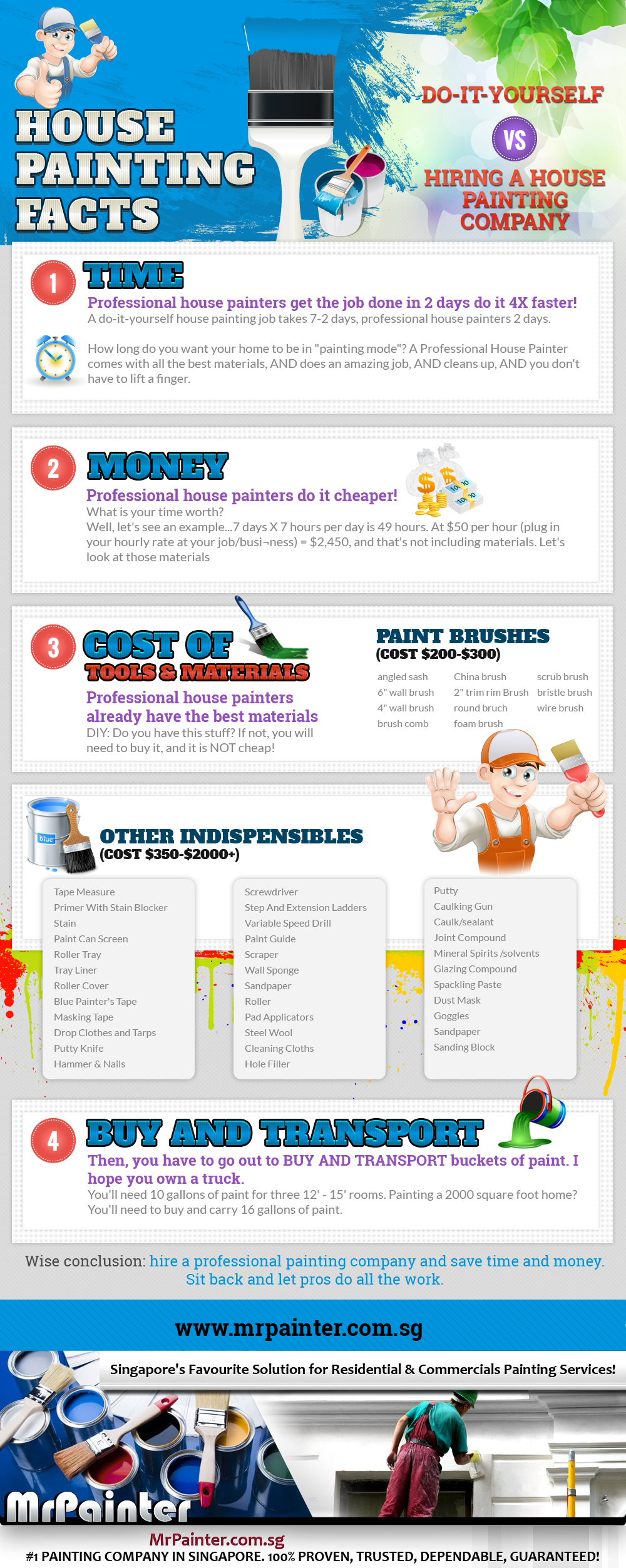Key Seasonal Considerations For Commercial Exterior Painting: What You Required To Be Informed Regarding
Key Seasonal Considerations For Commercial Exterior Painting: What You Required To Be Informed Regarding
Blog Article
Authored By-Ford Skafte
When you're preparing a commercial outside paint job, seasonal elements can make or damage your results. You'll intend to take into consideration just how temperature level and moisture effect paint application and drying out times. Picking the appropriate period can ensure your paint adheres effectively and lasts much longer. However which seasons are absolutely the best for this sort of work? Let' https://www.countryliving.com/uk/homes-interiors/interiors/a40442005/small-space-design-tips/ out the crucial elements that can impact your job's success.
The Influence of Temperature on Paint Application
When you're planning a business outside paint job, the temperature can dramatically influence exactly how well the paint sticks and dries.
Ideally, you intend to repaint when temperature levels range between 50 ° F and 85 ° F. If https://interior-painters-near-me55432.blogproducer.com/41416232/investigate-the-existing-techniques-and-patterns-in-home-paint-and-be-fascinated-by-the-initial-concepts-for-transforming-your-living-setting 's as well cool, the paint may not treat correctly, resulting in problems like peeling off or cracking.
On the other hand, if it's too warm, the paint can dry as well promptly, preventing appropriate attachment and causing an unequal finish.
You must also consider the moment of day; early morning or late afternoon offers cooler temperatures, which can be more favorable.
Always inspect the manufacturer's recommendations for the certain paint you're making use of, as they typically supply assistance on the optimal temperature level variety for optimum outcomes.
Moisture and Its Effect on Drying Times
Temperature level isn't the only ecological element that affects your commercial exterior paint job; moisture plays a considerable duty as well. High moisture levels can decrease drying out times dramatically, influencing the overall quality of your paint task.
When the air is saturated with moisture, the paint takes longer to heal, which can cause problems like bad bond and a greater danger of mildew development. If you're painting on a specifically humid day, be planned for extensive wait times in between coats.
It's essential to check local climate condition and plan accordingly. Ideally, aim for moisture levels in between 40% and 70% for ideal drying out.
Keeping these consider mind ensures your task stays on track and supplies a long-term surface.
Best Seasons for Commercial Exterior Paint Projects
What's the best time of year for your industrial exterior paint projects?
Springtime and very early autumn are usually your best options. During these seasons, temperatures are moderate, and moisture degrees are typically reduced, producing excellent conditions for paint application and drying out.
Avoid summer season's intense heat, which can cause paint to completely dry also quickly, leading to bad attachment and surface. Likewise, wintertime's cool temperature levels can hinder proper drying out and curing, running the risk of the longevity of your paint task.
Aim for days with temperature levels between 50 ° F and 85 ° F for optimal outcomes. Bear in mind to inspect the regional weather report for rainfall, as wet conditions can ruin your job.
Preparation around these variables ensures your painting task runs efficiently and lasts much longer.
Verdict
In conclusion, preparing your business external paint jobs around seasonal factors to consider can make a substantial difference in the result. By organizing work throughout the ideal temperature levels and moisture levels, you'll guarantee much better bond and drying out times. Keep in mind to keep an eye on regional weather report and pick the right time of year-- spring and very early fall are your best choices. Taking these steps will certainly aid you accomplish a sturdy and specialist coating that lasts.
